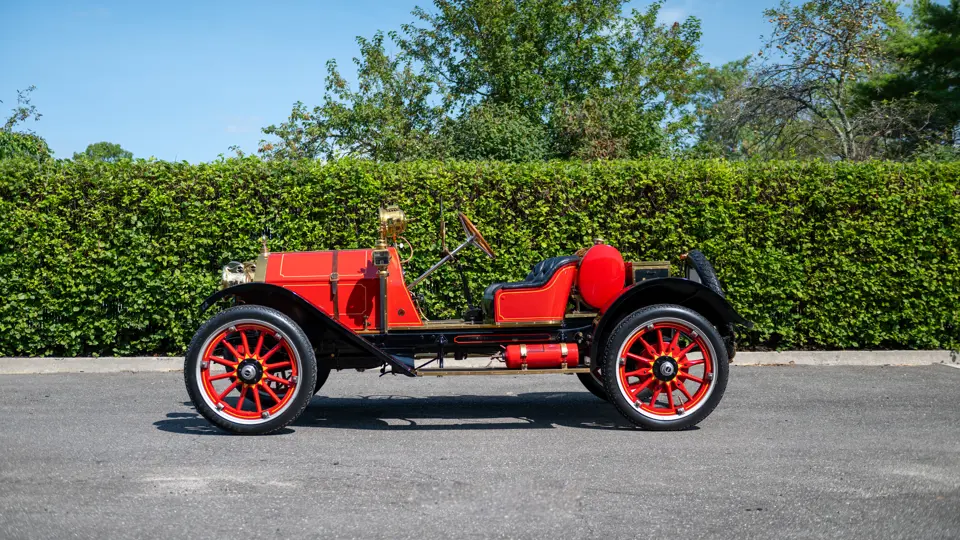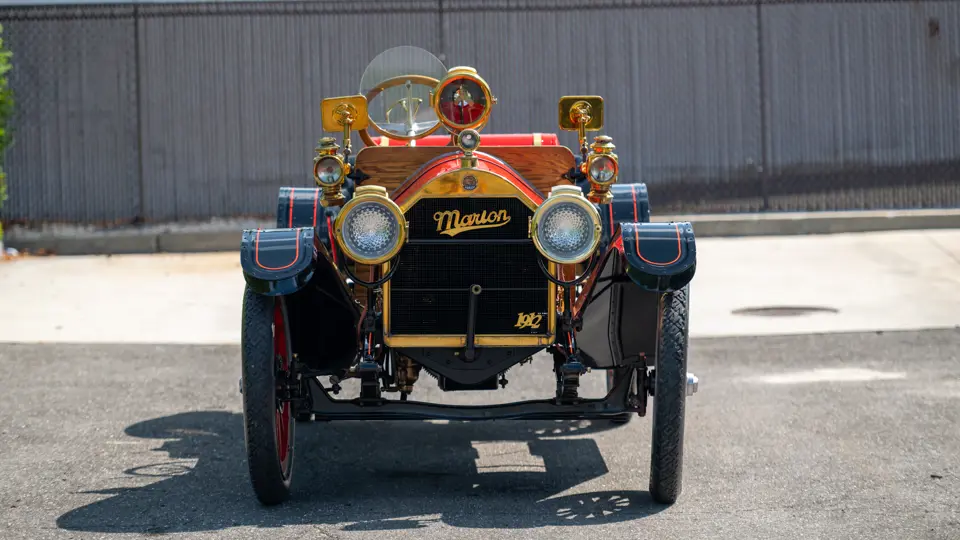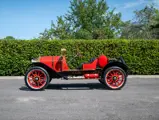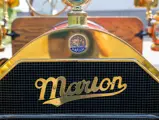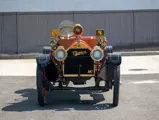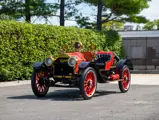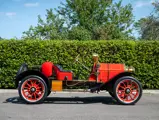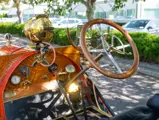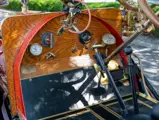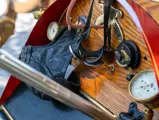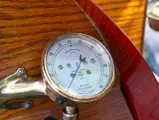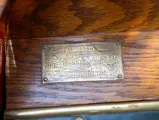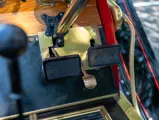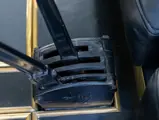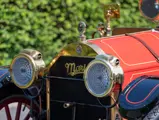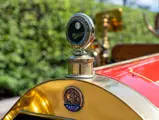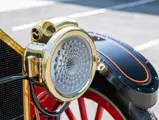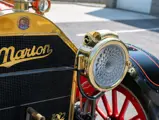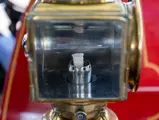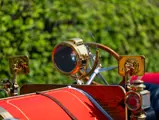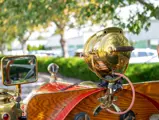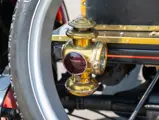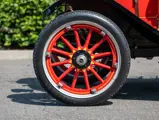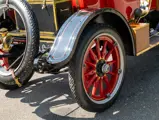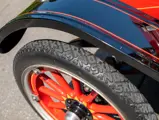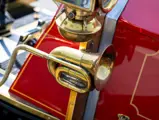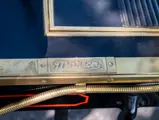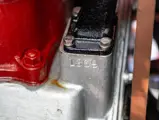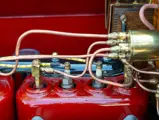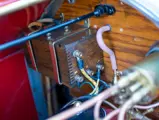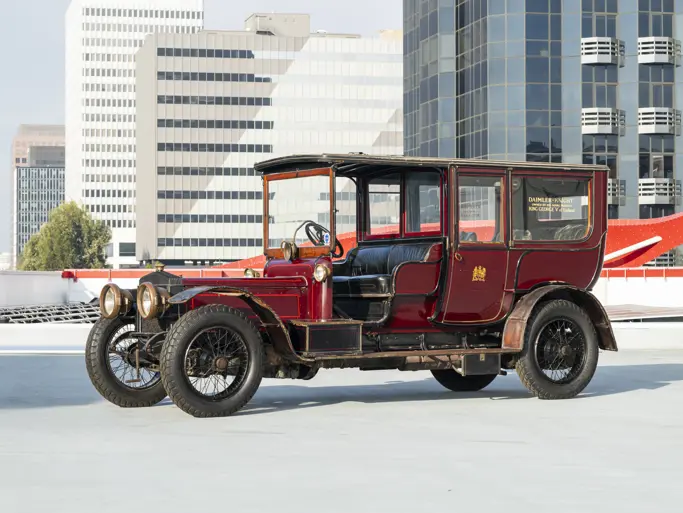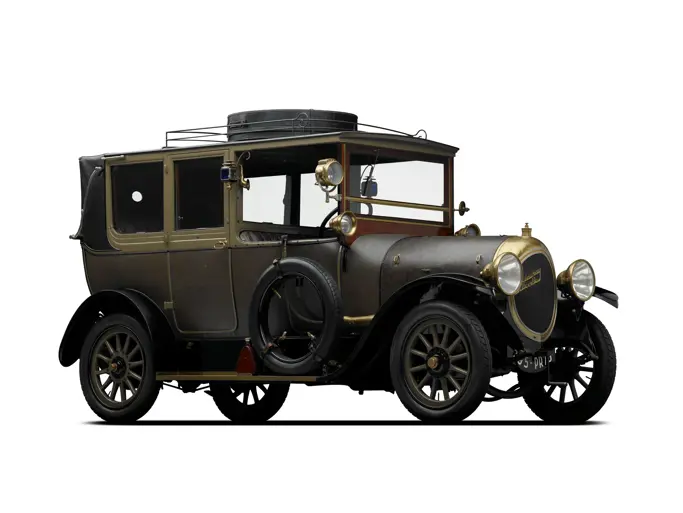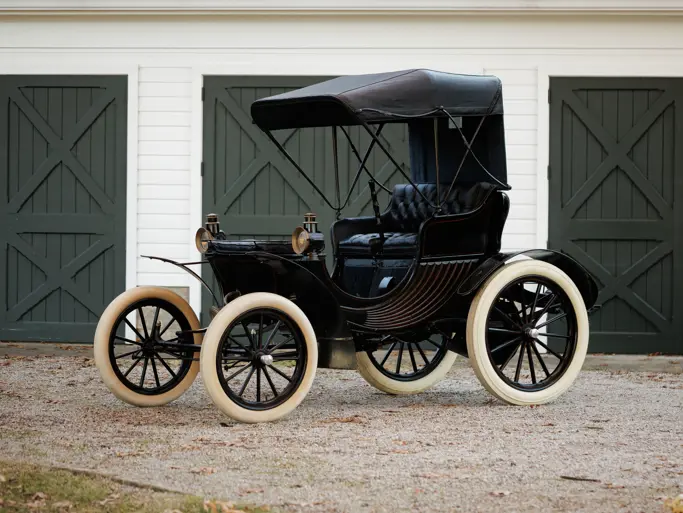
1912 Marion Model 33 Bobcat
{{lr.item.text}}
$88,000 USD | Sold
The Charles J. Noto Collection
{{bidding.lot.reserveStatusFormatted}}
- Offered from the Charles J. Noto Collection
- A rare survivor of the Indianapolis-built Marion, “The Car That Has Set Men to Thinking”
- Engineered by the famed Harry C. Stutz
- Formerly owned by renowned collector John McMullen
- A highly sought-after design by one of the great names in Hoosier automaking
During the early part of the 20th Century, Indiana was still vying with Michigan as the automotive capital of the United States. One of the numerous Hoosier marques was the Marion Motor Car Company, established in Indianapolis in 1904. “The Car That Has Set Men to Thinking,” the company’s team included Fred Tone and Harry C. Stutz, who together concieved the American Underslung, one of the first true US-built performance cars. Thus the firm was well-equipped to build a sports car of its own.
In 1912 the world was introduced to the Marion Bobcat. Described by the late historian Beverly Rae Kimes as a “rakish machine,” it was essentially a stock chassis and four-cylinder engine, with two seats and not much else. At almost the same time as this model was being developed, Stutz departed to form his own company, which introduced the Stutz Bearcat, inspired in formula, appearance, and name, by Marion’s product. The Bobcat even bore a transaxle, a feature that Stutz pioneered and would famously use on his own automobile.
The Marion Model 33 offered here is believed to have been restored many years ago to the Bobcat configuration, after which it was part of the well-known Michigan collection of the late, beloved enthusiast John McMullen, where it resided from the early 1990s until 2007. It joined the collection of Charles J. Noto in 2018 and thereafter underwent went considerable freshening and improvement in his in-house shop. Finished in red with gold accent striping, black leather seating, and abundant brass trim, it is fitted with a Marion-badged MotoMeter, monocle windshield, and spotlight. A further interesting feature is an acetylene ignition system that uses the lighting gas to pre-charge the cylinders, which are then ignited by a spark; the system is not currently used, for obvious safety reasons, but it remains in place for authenticity’s sake.
A wonderful survivor of Stutz’s influential Marion, this example is worthy of any sports car collection—standing head and shoulders with the Corvettes and other American sports cars that owe their genesis to this bold era.

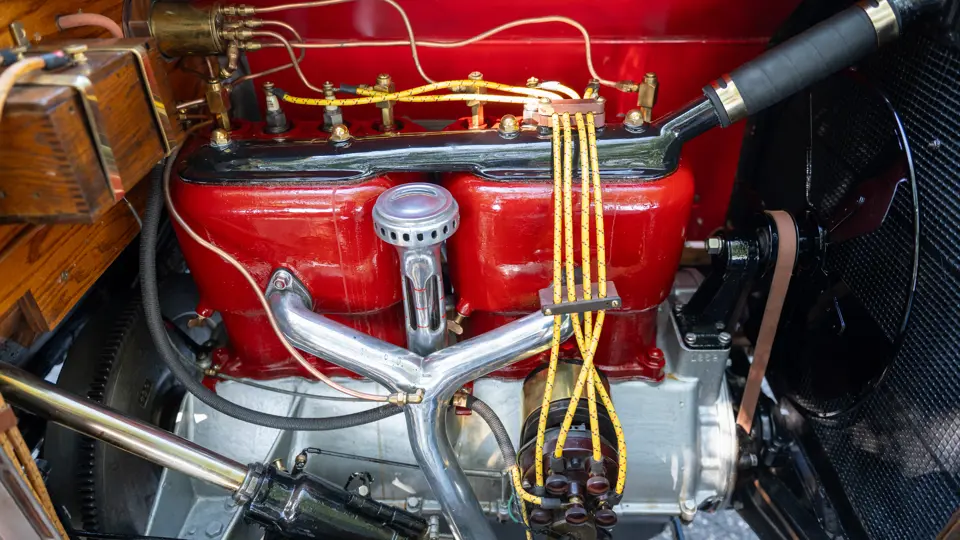




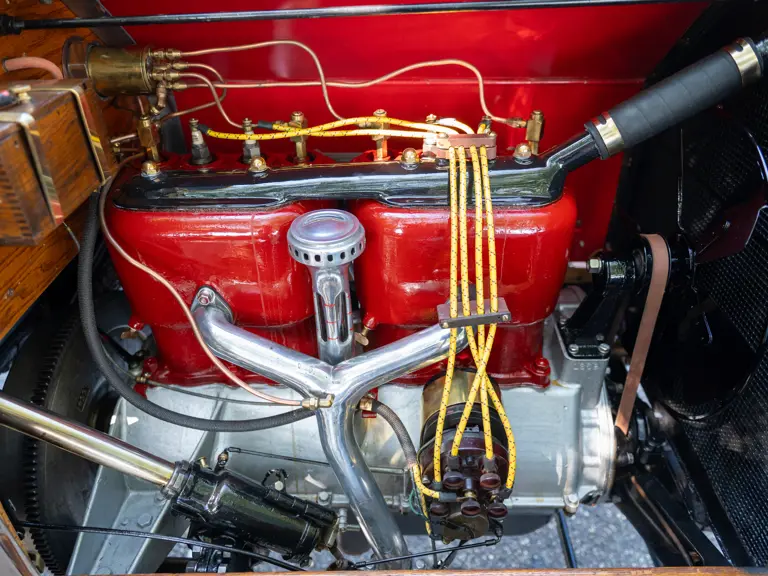
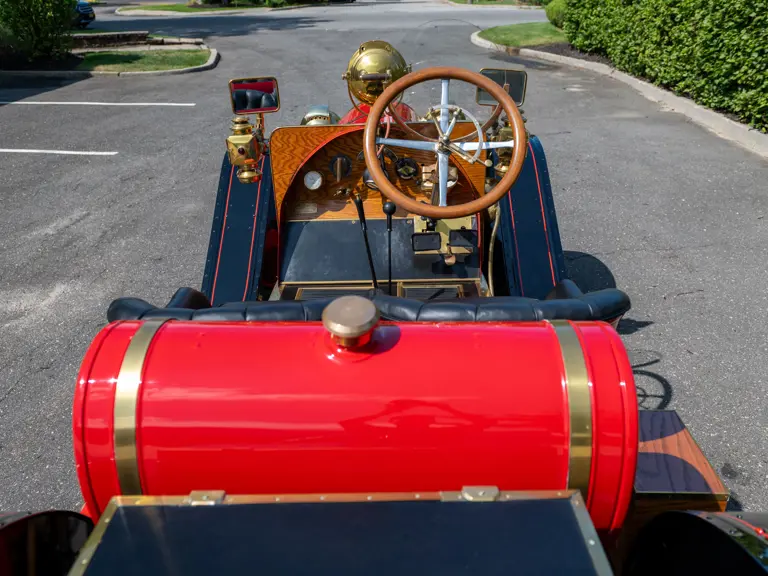


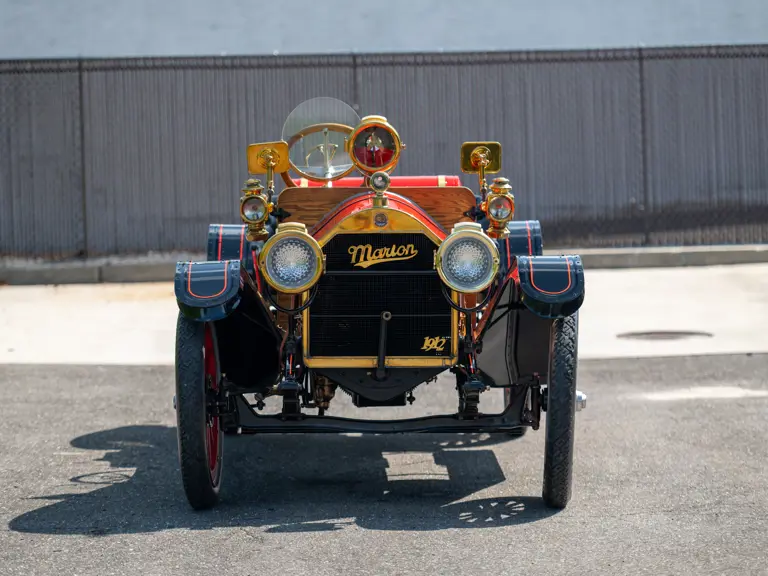

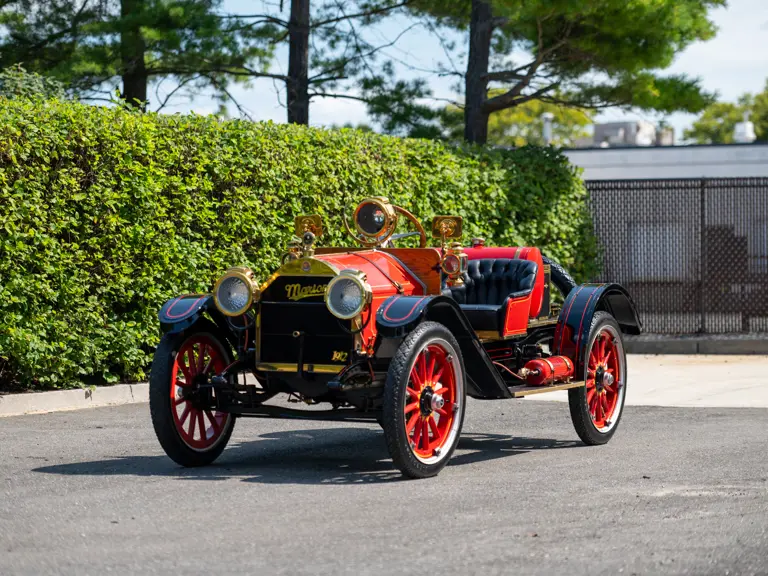

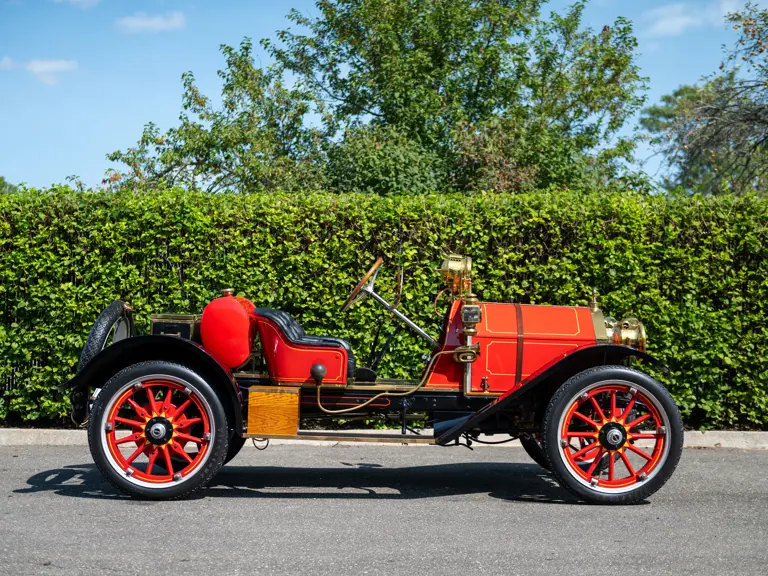


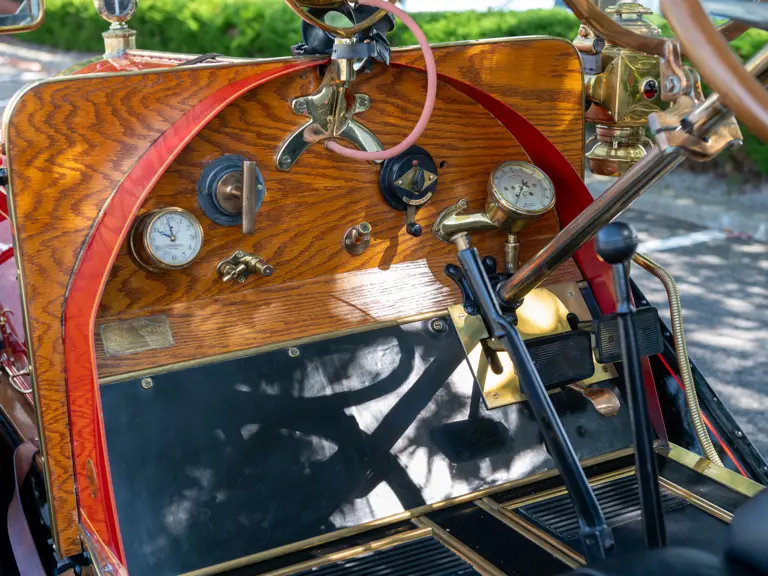
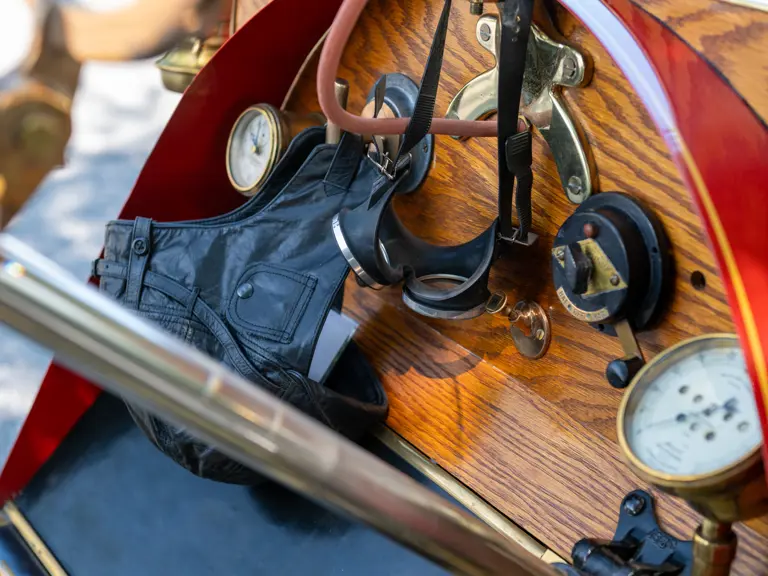
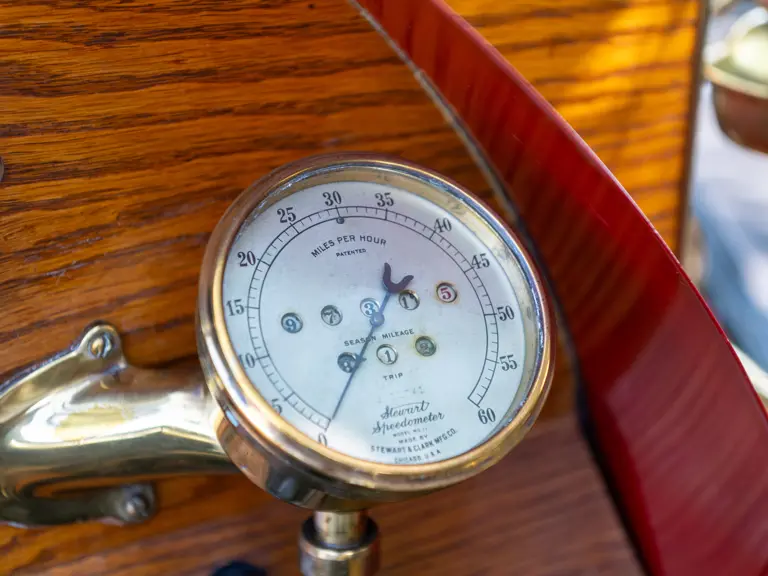
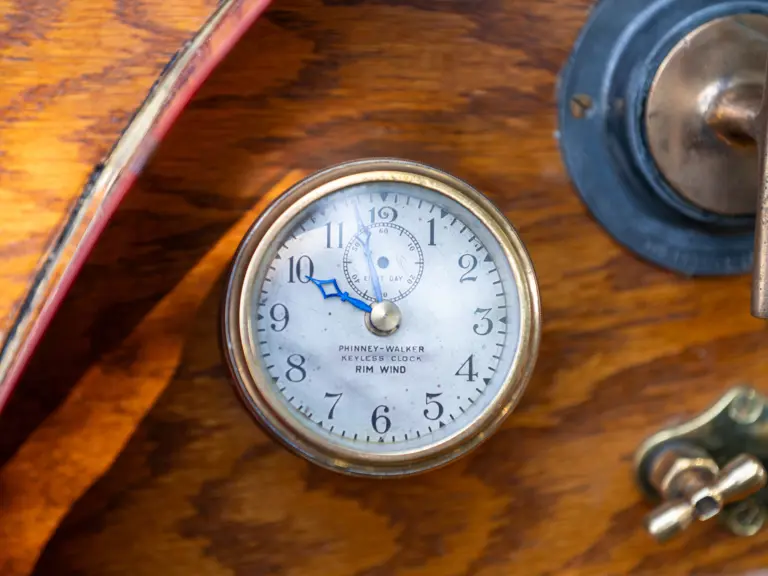
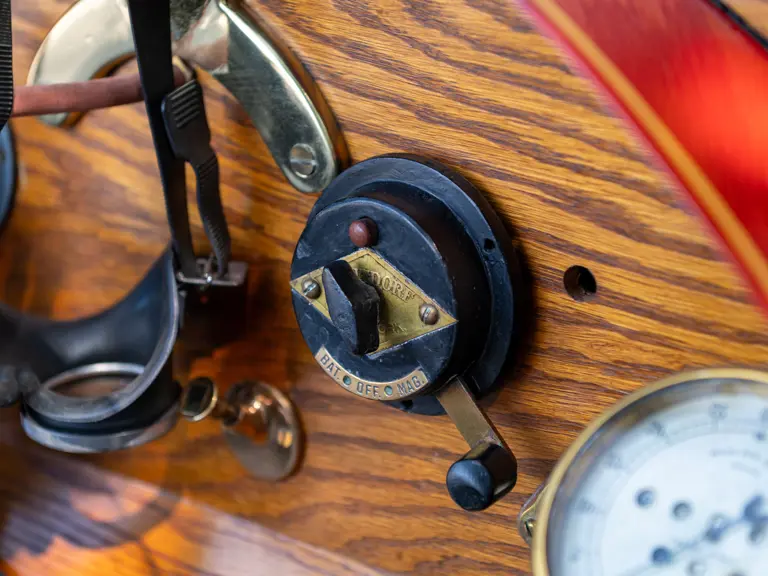

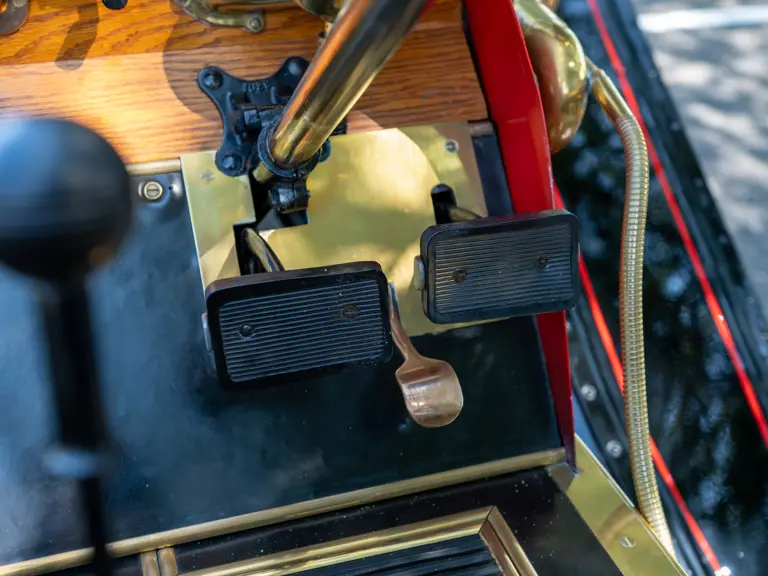
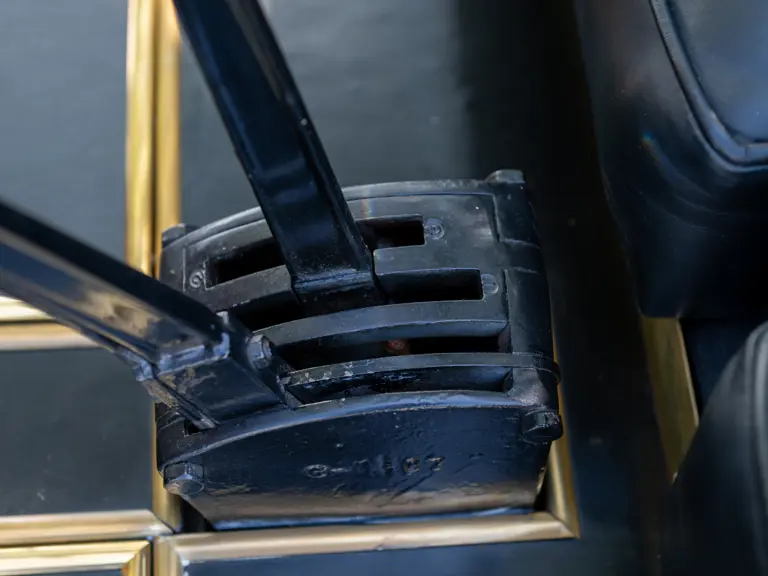
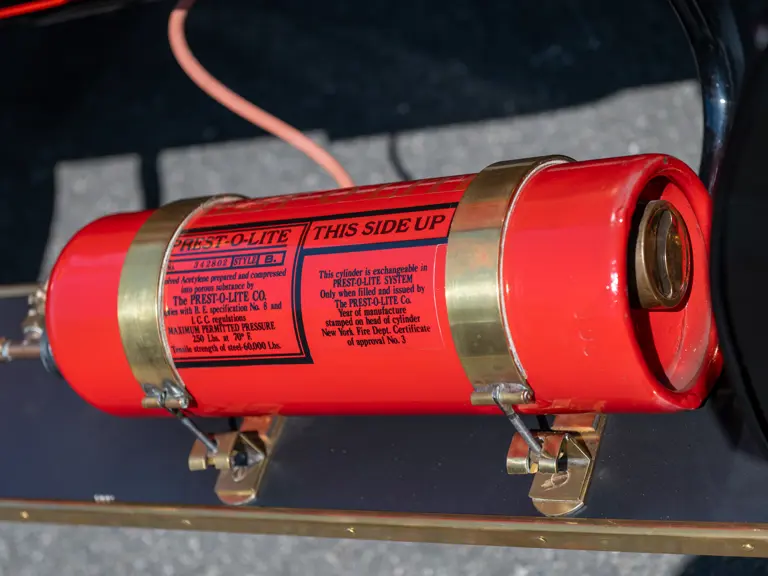
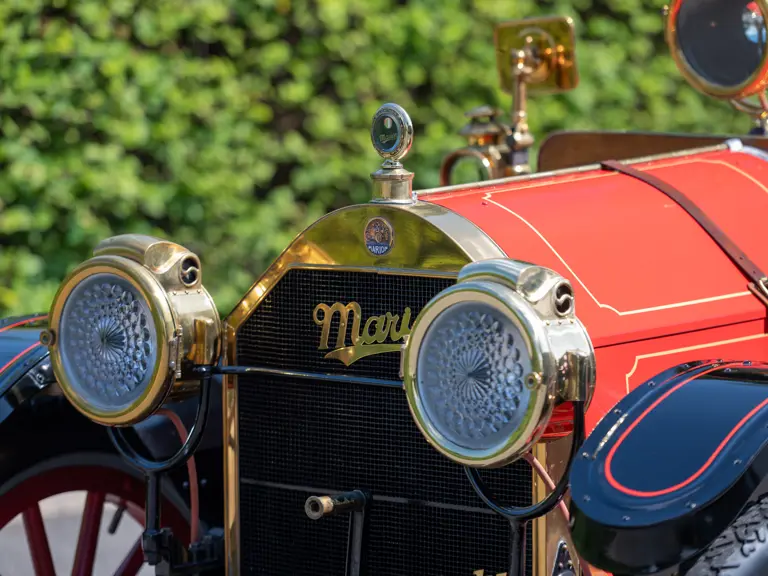

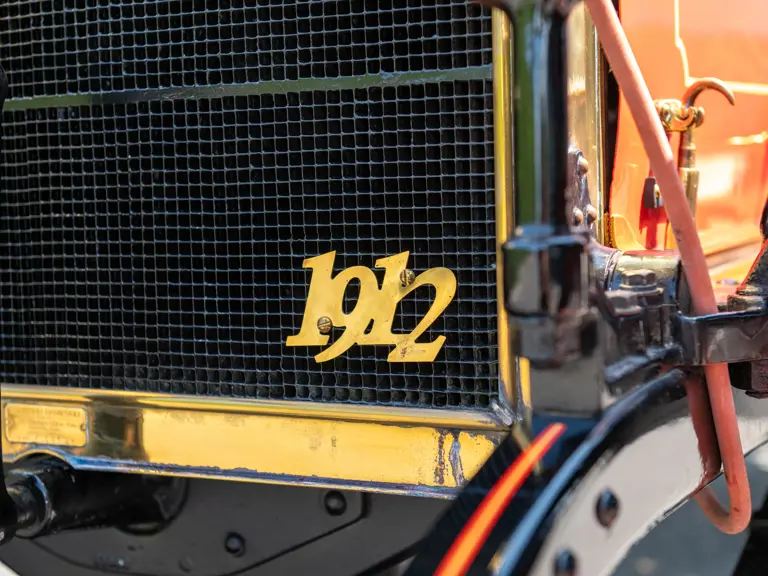

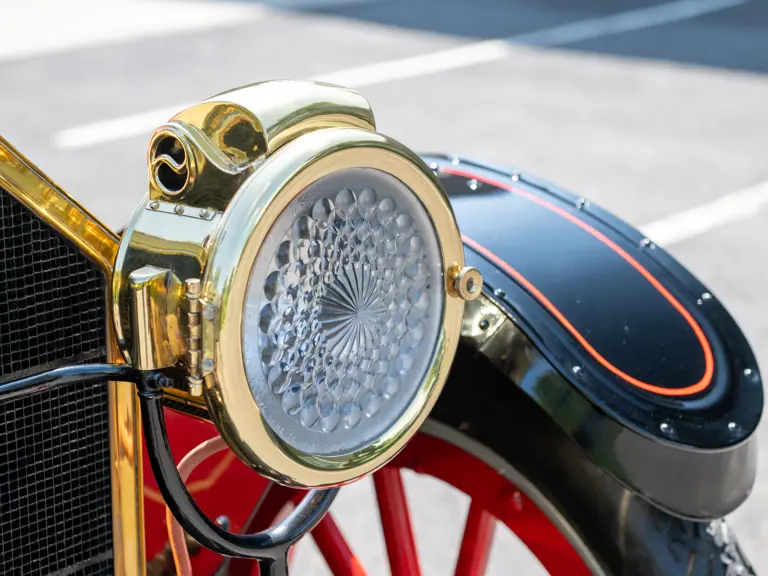
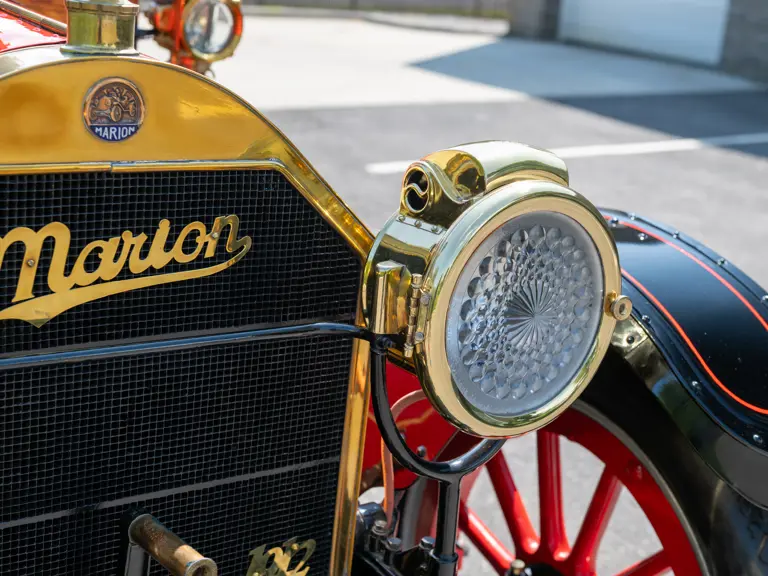
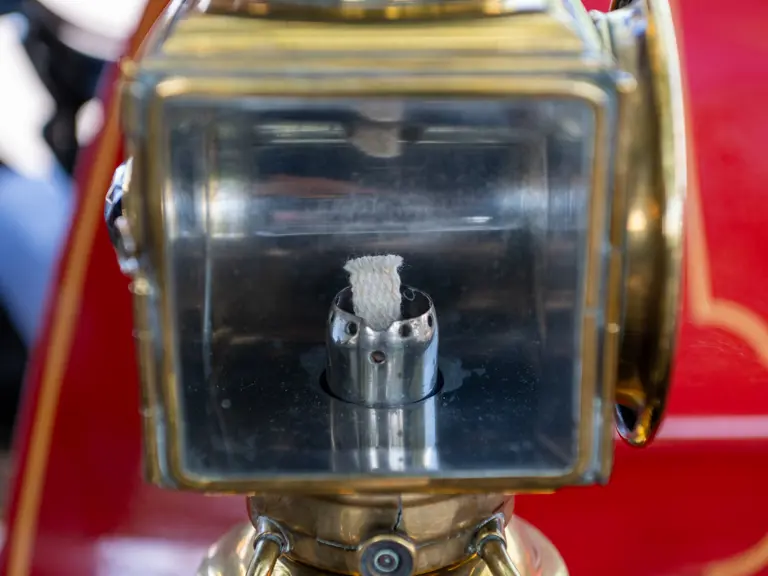
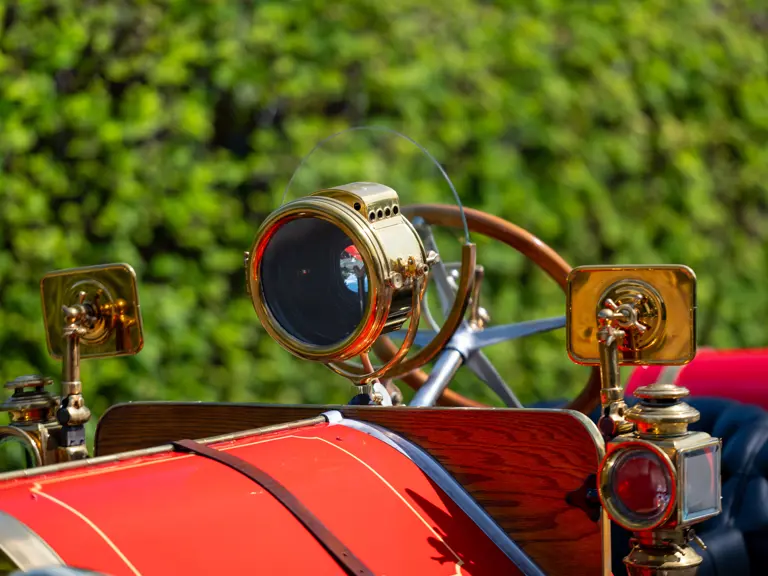




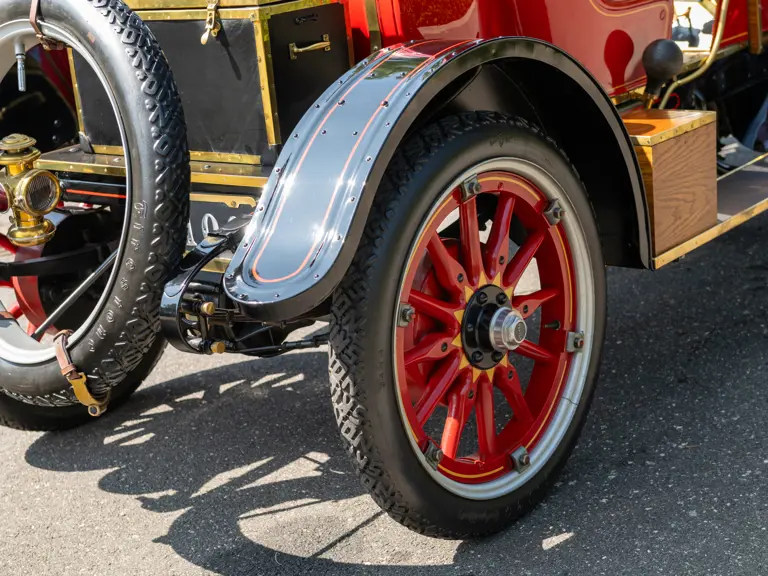
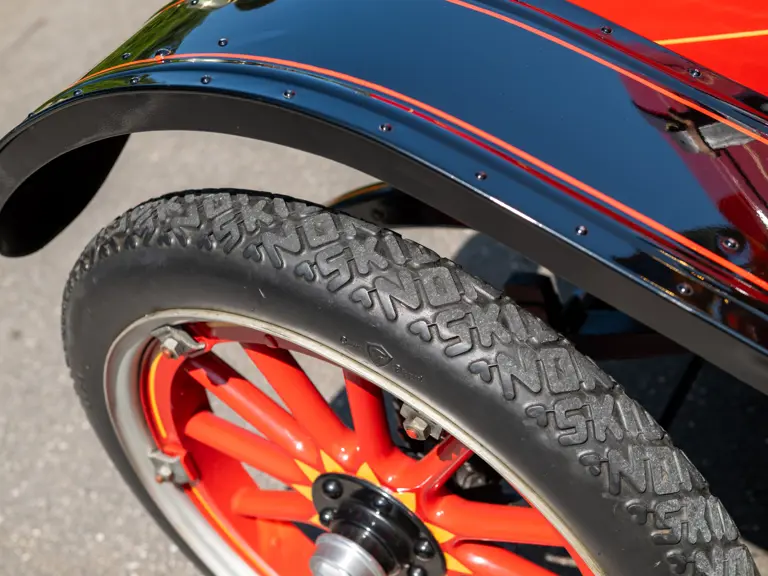

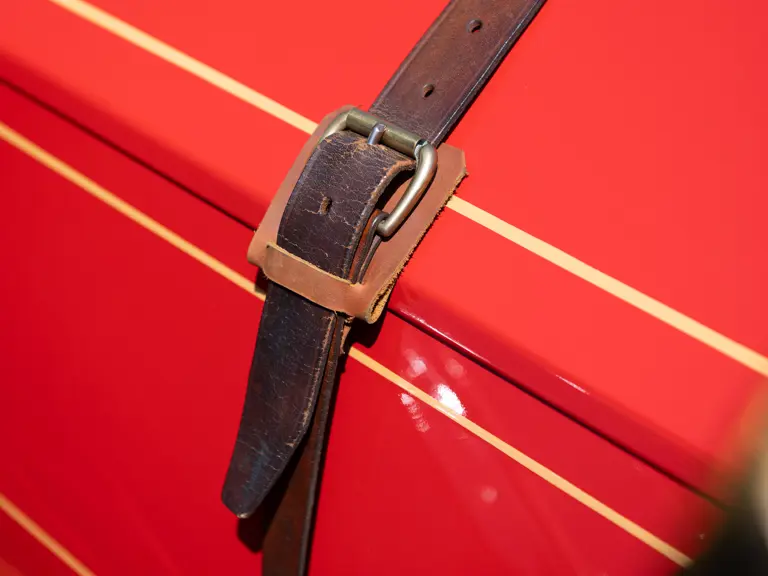
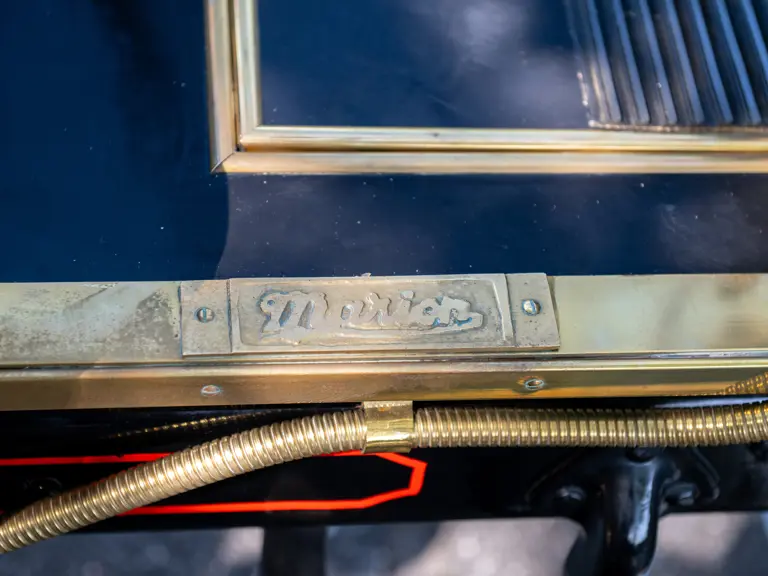
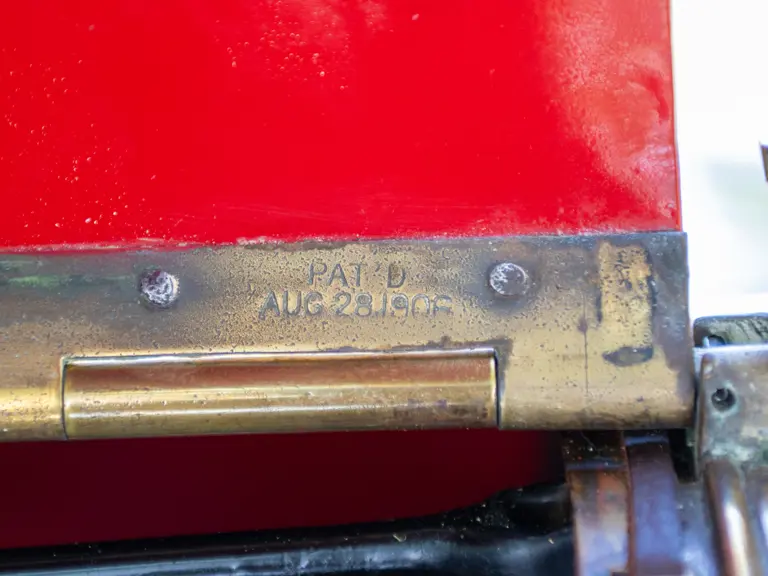
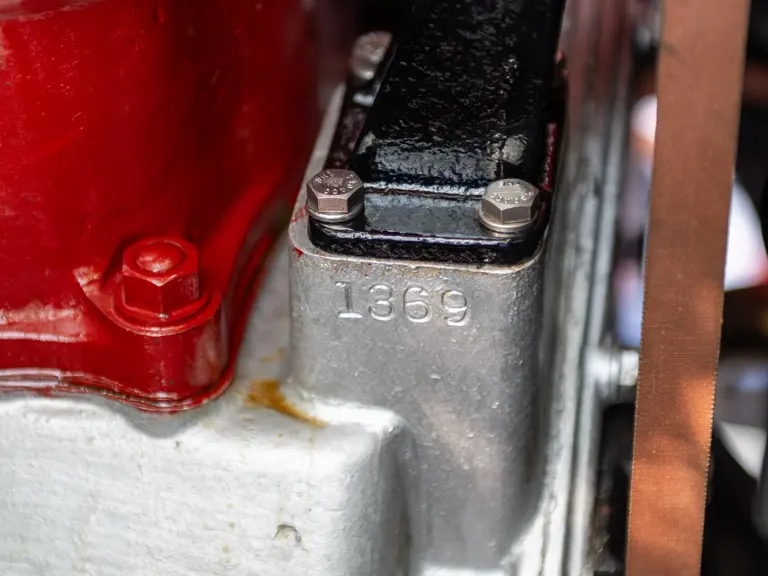

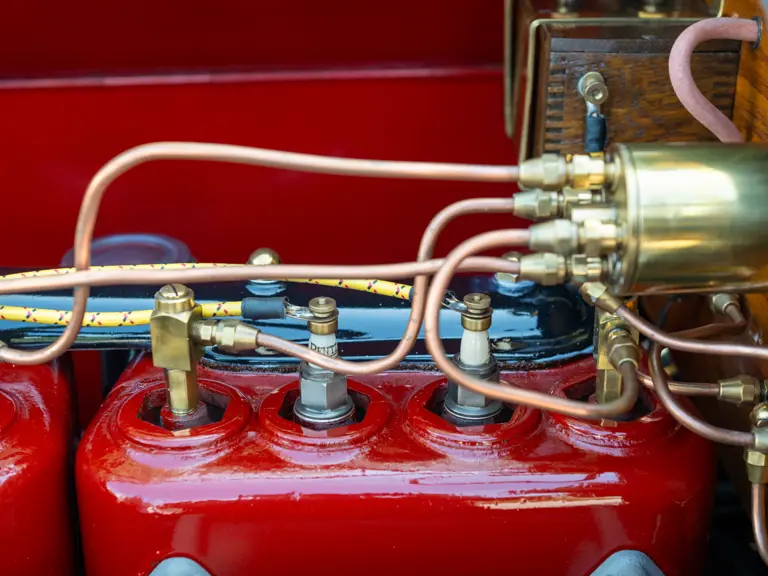
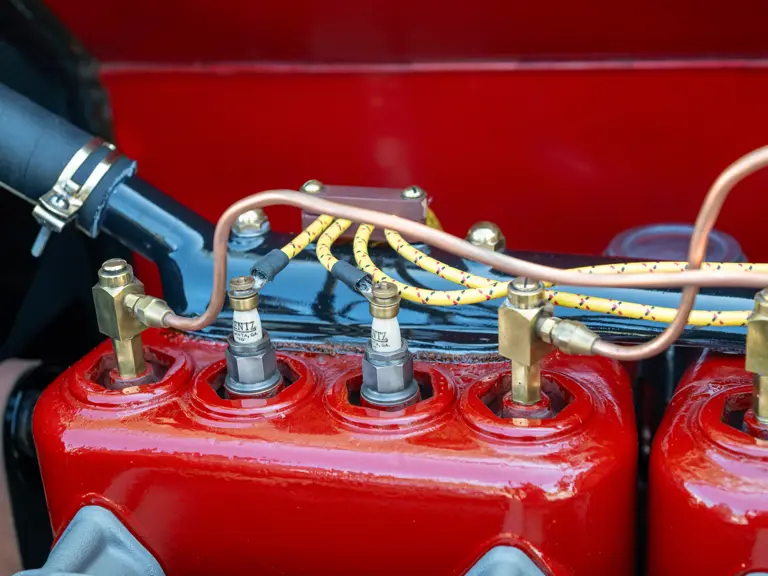
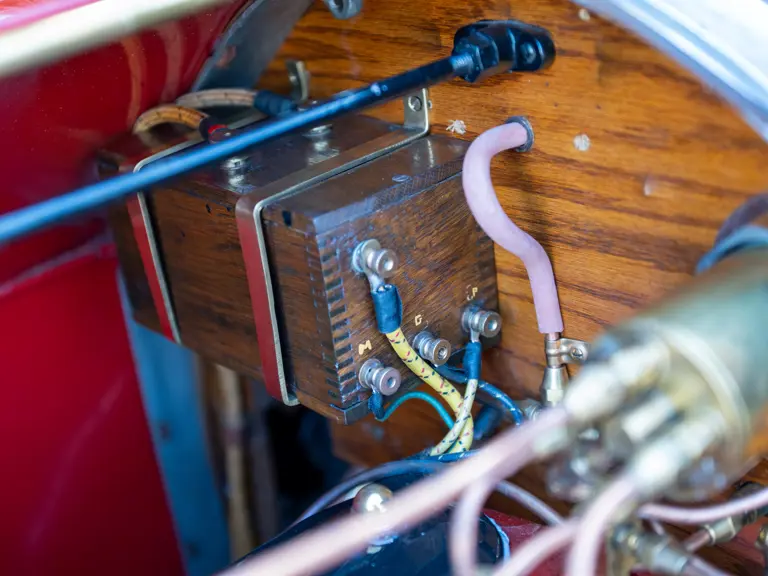
 | Hershey, Pennsylvania
| Hershey, Pennsylvania
